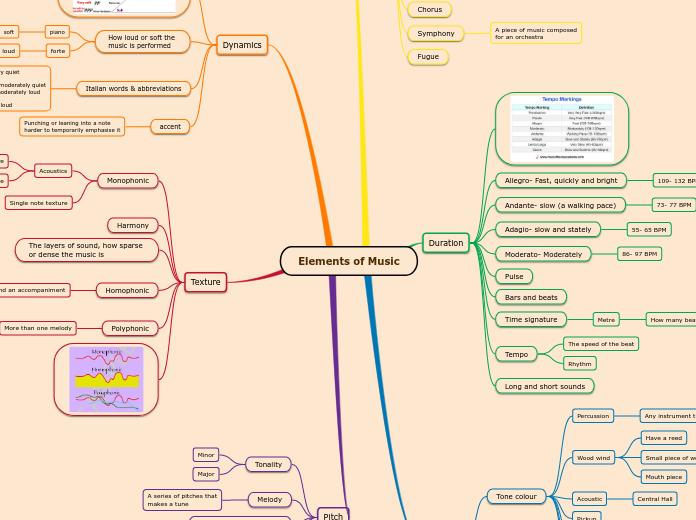av Pei Xin Wong 4 år siden
233
Food Colours
Natural and artificial food colors play significant roles in the food industry by enhancing the visual appeal and consistency of products. Natural pigments, such as carotenoids, caramel, and turmeric, are derived from vegetables, minerals, and animals.









